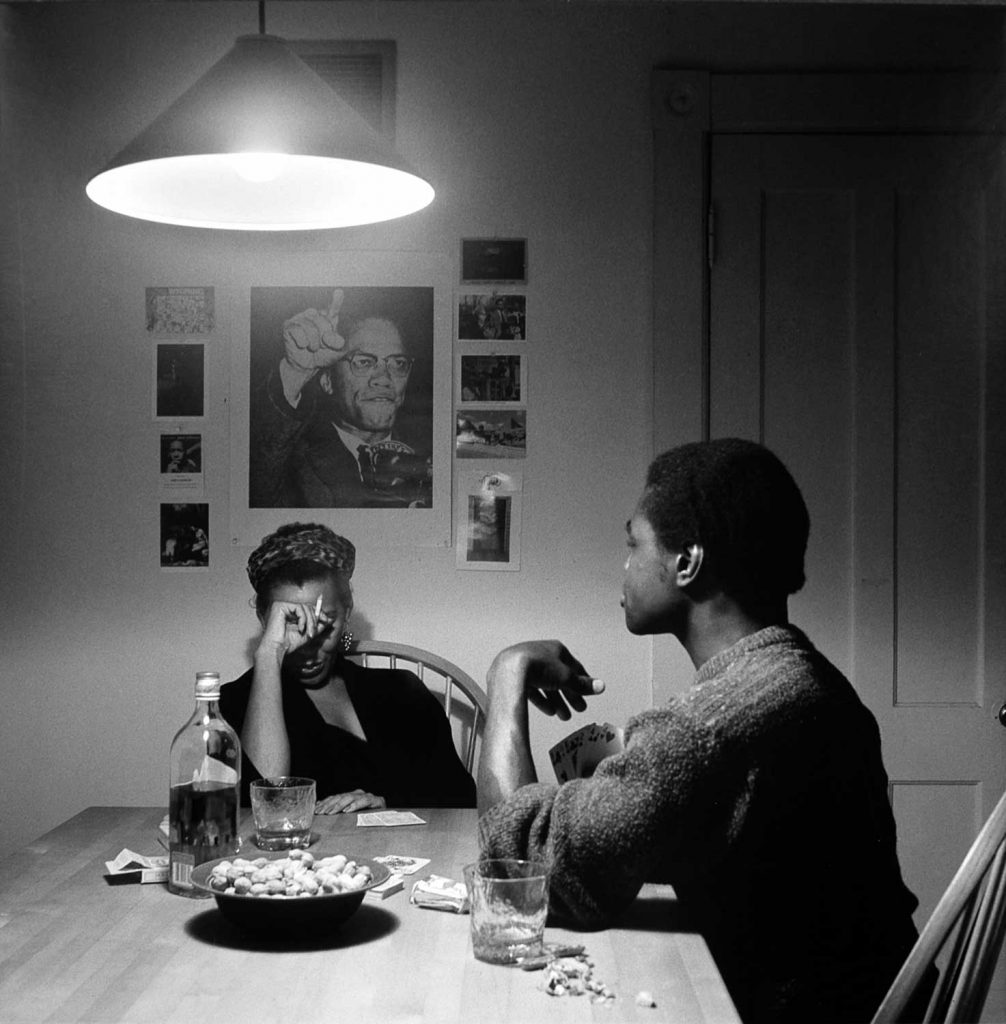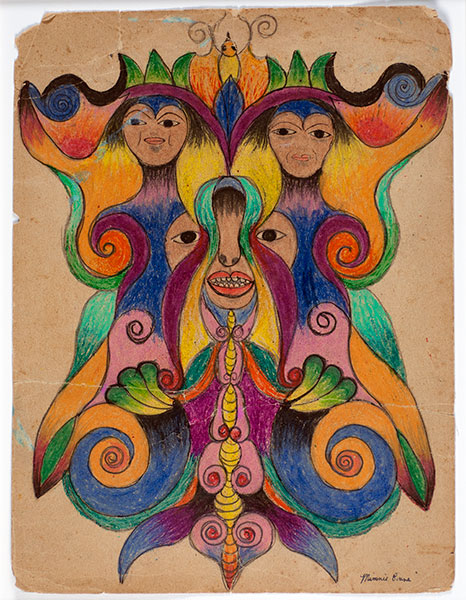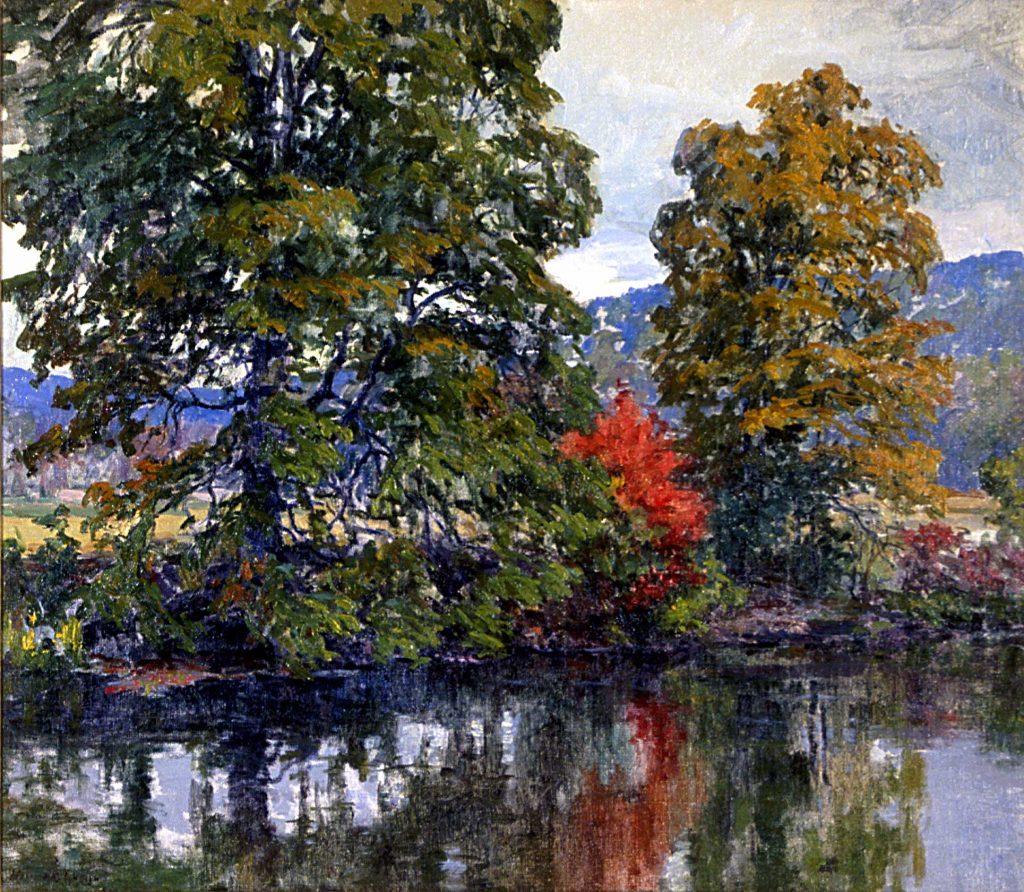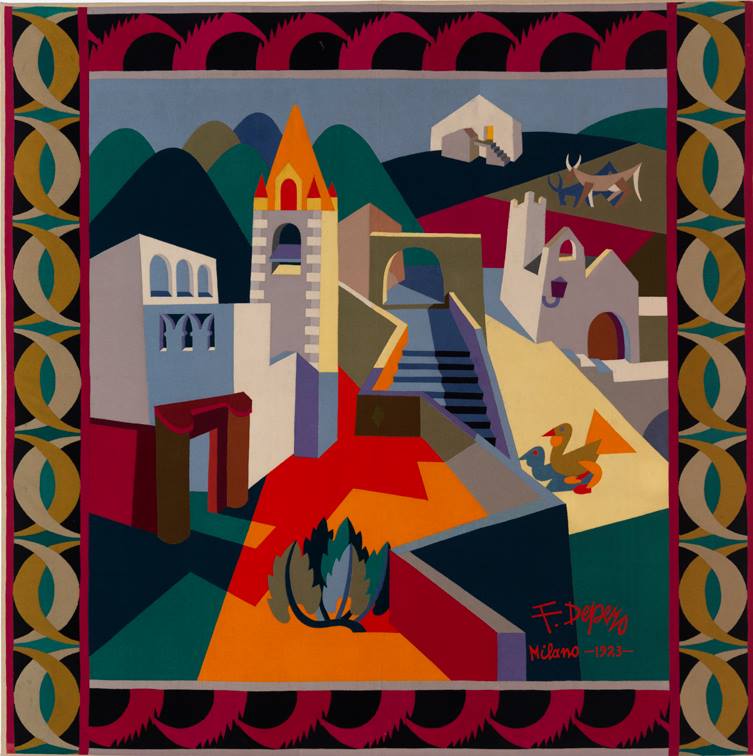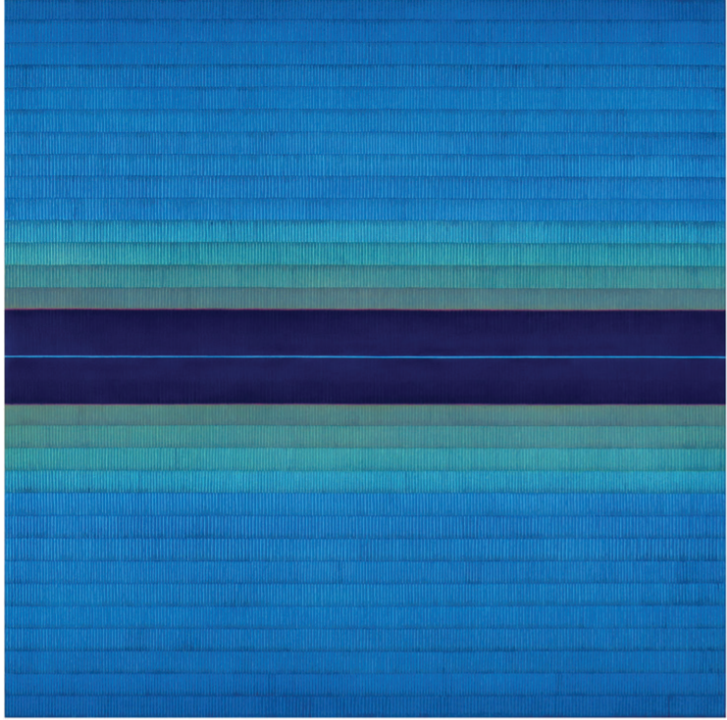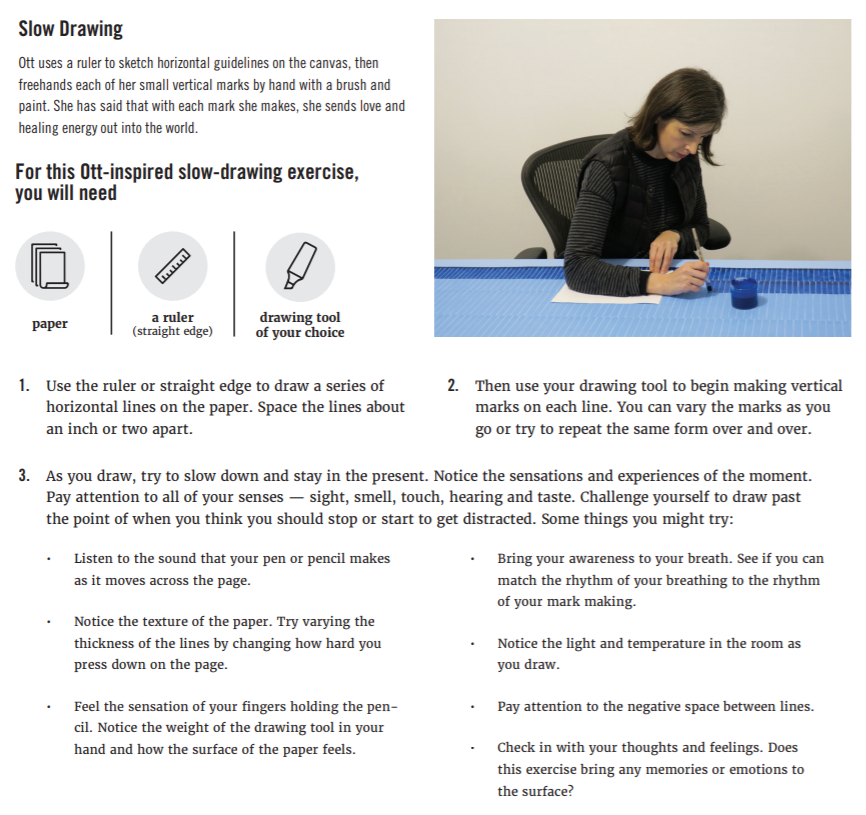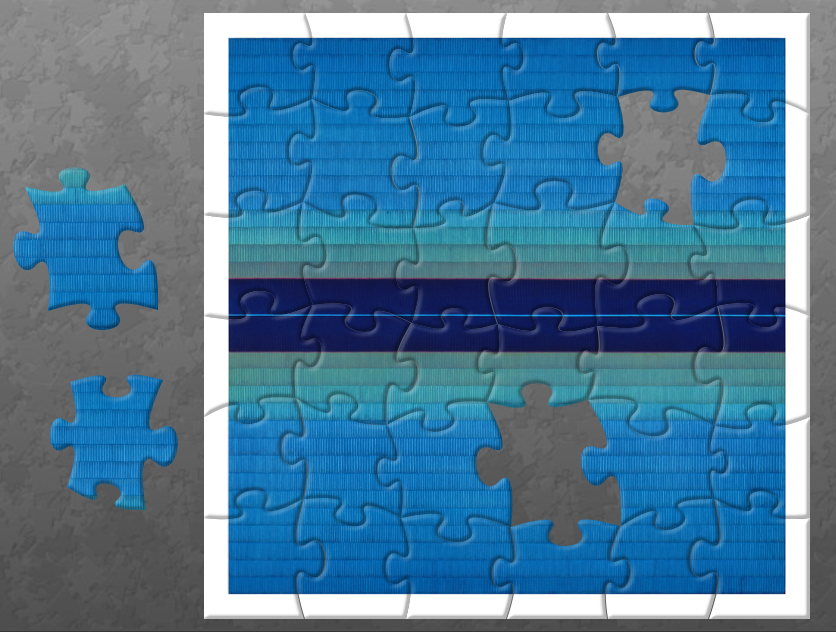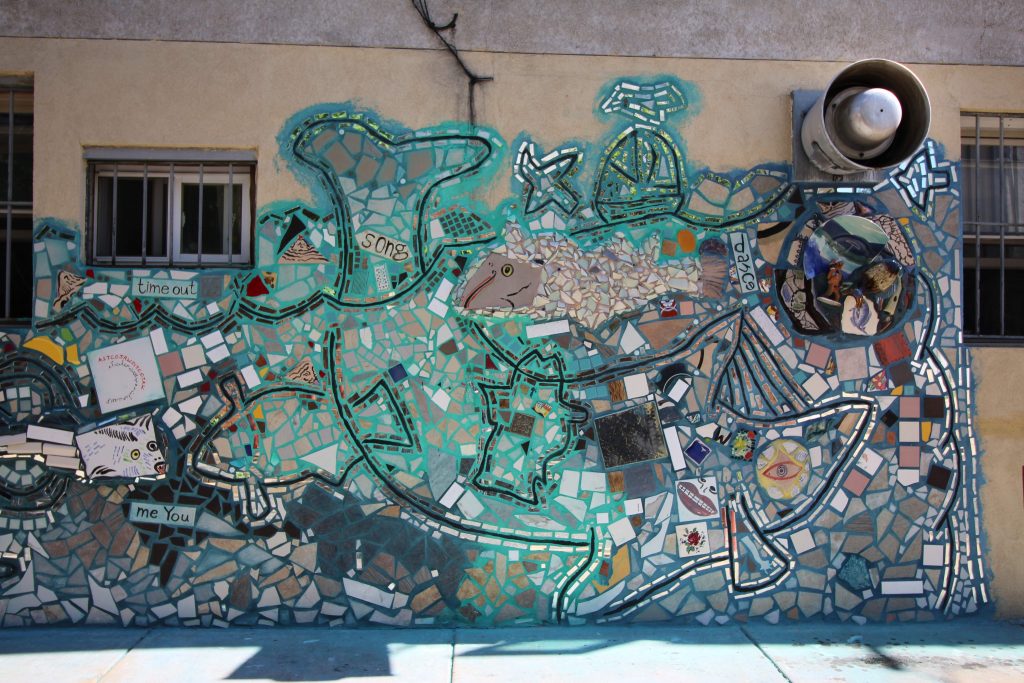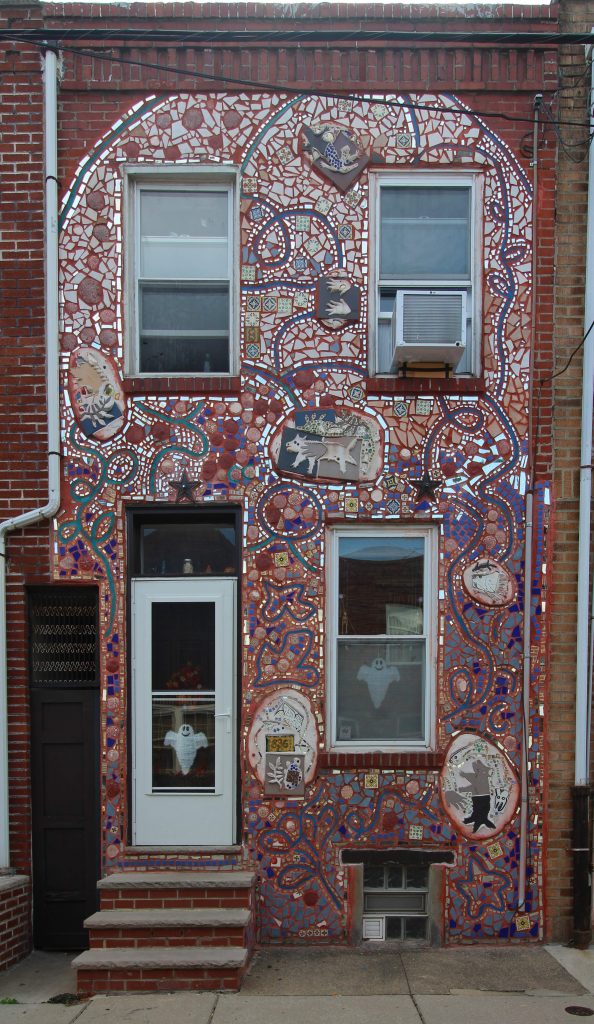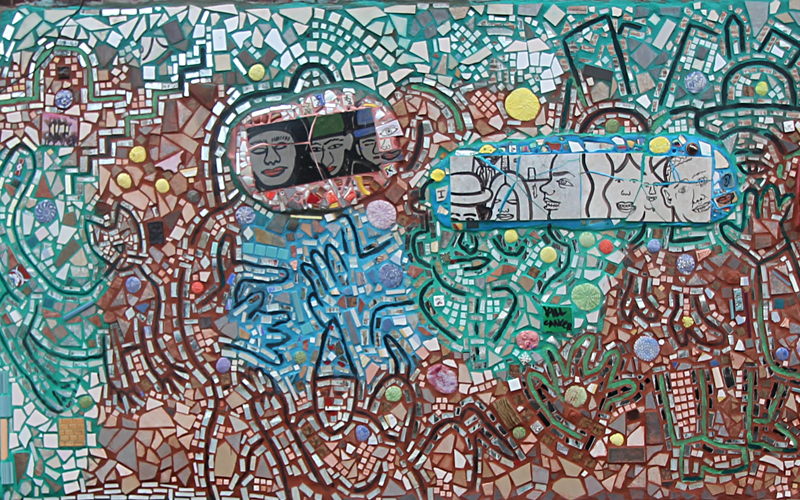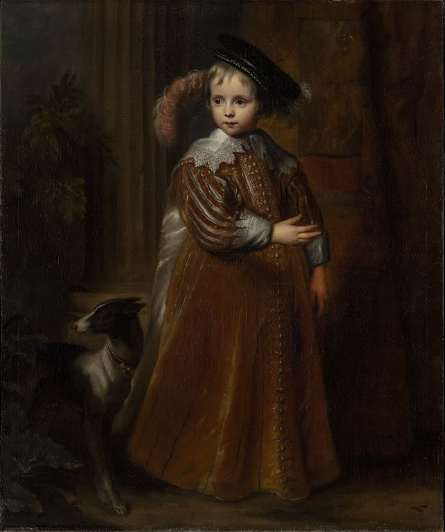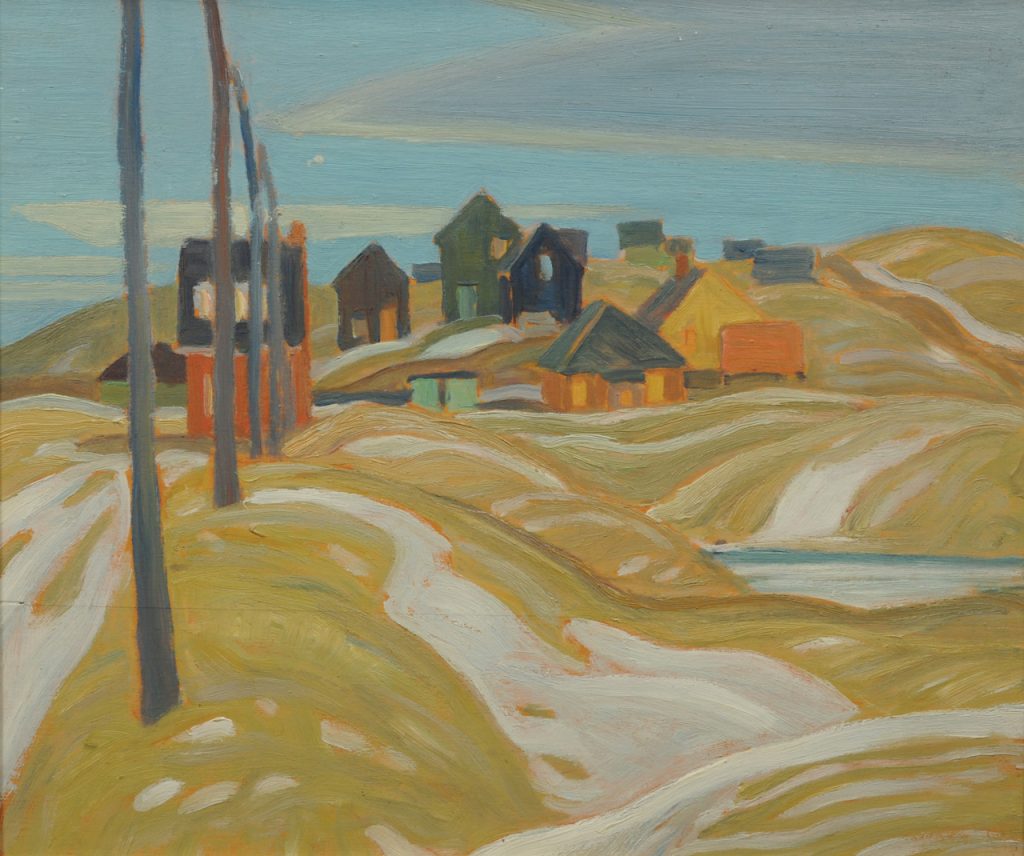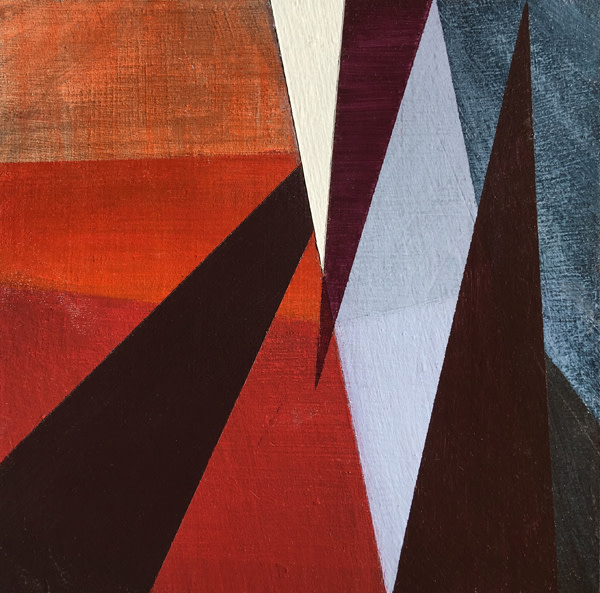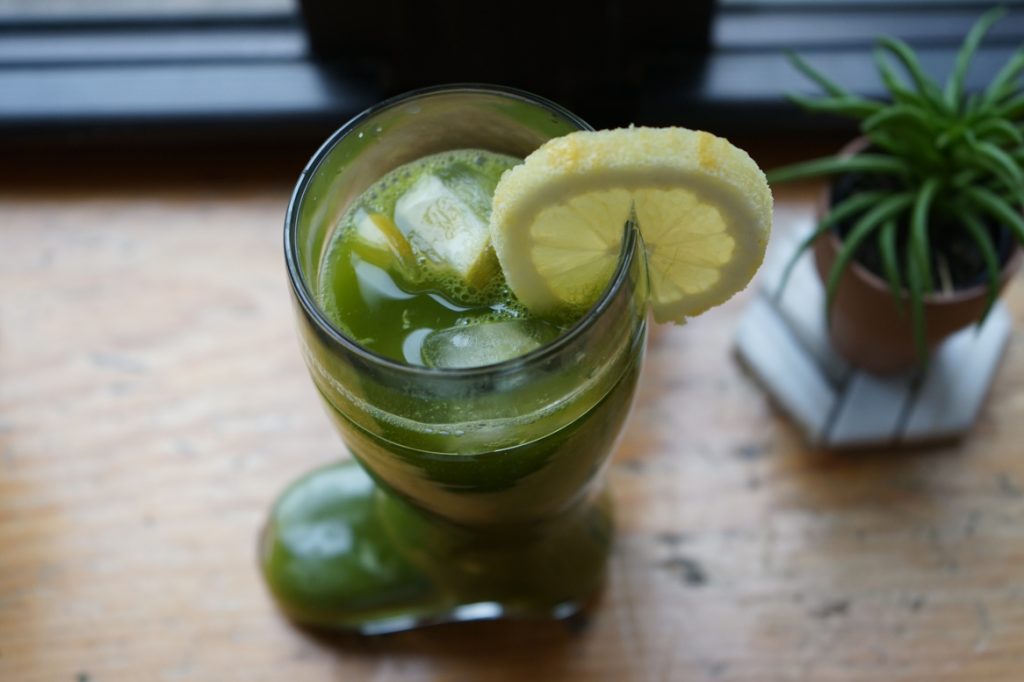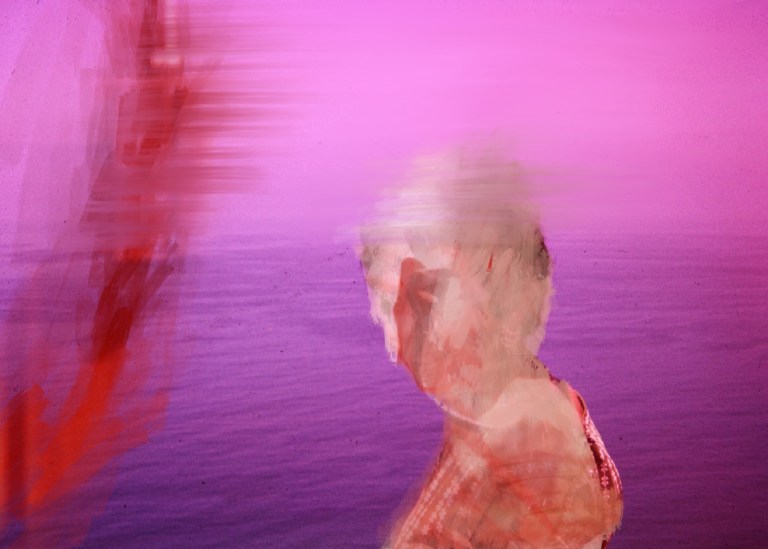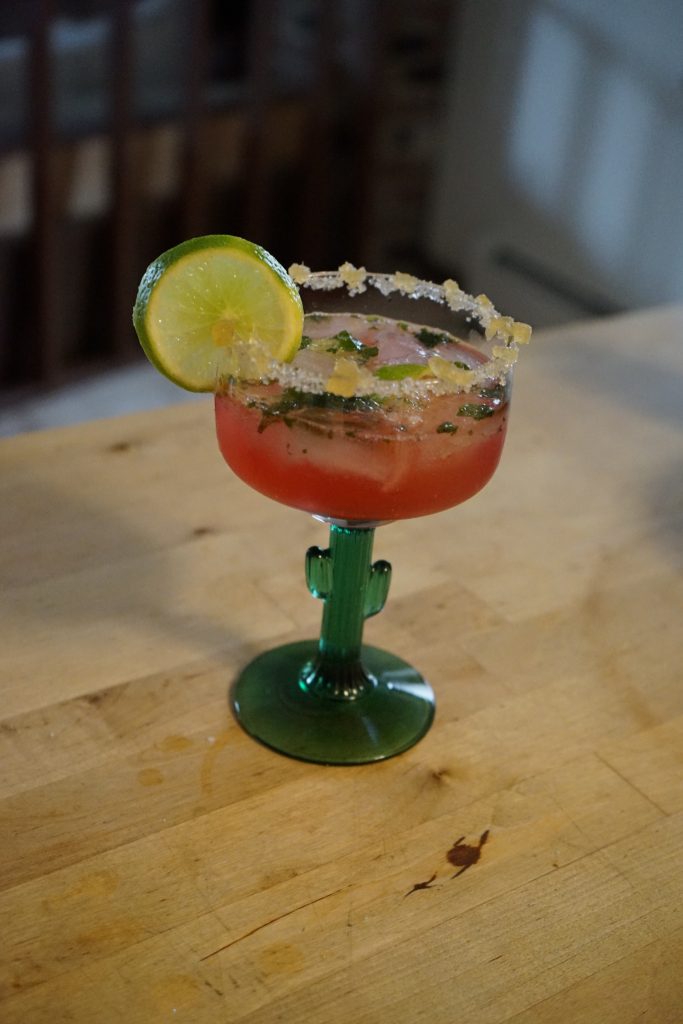On April 10th, the Museo di Arte Moderna e Contemporanea di Trento e Rovereto (MART) in Rovereto, Italy, organized a virtual Slow Art Day event that focused on re-titling artworks based on participants’ emotional experiences of slow looking.
Images of three artworks from the MART collection were emailed to the 15 registered participants ahead of joining a Zoom session. Once in the virtual session, participants were given 45 minutes to look slowly at three artworks. They then split into 3 discussion groups, each led by a coordinator, that focused on the emotions and observations of the participants while viewing the works. Participants were then asked to give each artwork their own title based on emotions experienced during the slow looking. The day after the session, participants were sent a brief profile of each artwork that included the emotional titles, the actual title, and the name of the artist, date, and art movement.
Below is one of the artworks along with a word cloud of the emotional titles given by the participants. Some of these translate to: “Disgust”, “Towards tomorrow?”, “Artist’s self-portrait”, “Who am I?”.
The event was well recieved by all the attendees, with one participant commenting:
“See how this way of following art stimulates a lot of creativity in us. Beautiful. We are like amateur jazz improvisers, extemporizing on a score!”
Participant Quote
That’s right. Slow looking is like jazz improvisation. We love this design of MART’s first official Slow Art Day event and hope that others decide to copy this.
Note that their Slow Art Day was not their first slow looking series. In 2020, local art enthusiast and MART member Piero Consolati approached Denise Bernabe, the Membership Coordinator at MART, about the possibility of organizing slow art sessions. Thanks to their initiative, MART has hosted nine slow art sessions since May 2020, which are now held monthly at the museum (so far, mostly virtually).
At Slow Art Day HQ we are delighted that slow looking has become a staple activity for the MART Museum. Denise Bernabe and Piero Consolati share updates with us about the status of slow art at MART throughout the year.
We look forward to MART’s continued events throughout the year, and their celebration of Slow Art Day in 2022.
– Johanna, Jessica and Ashley



